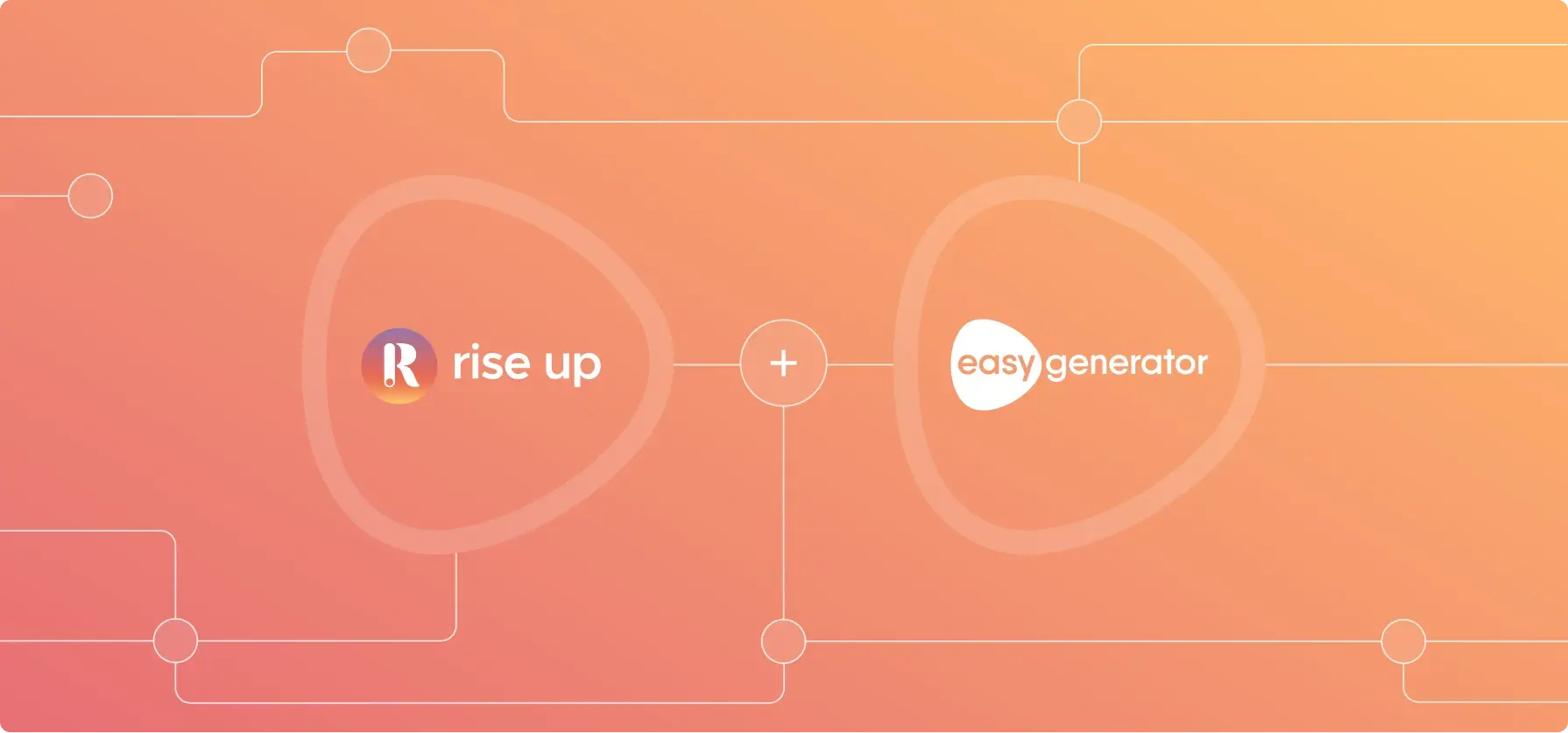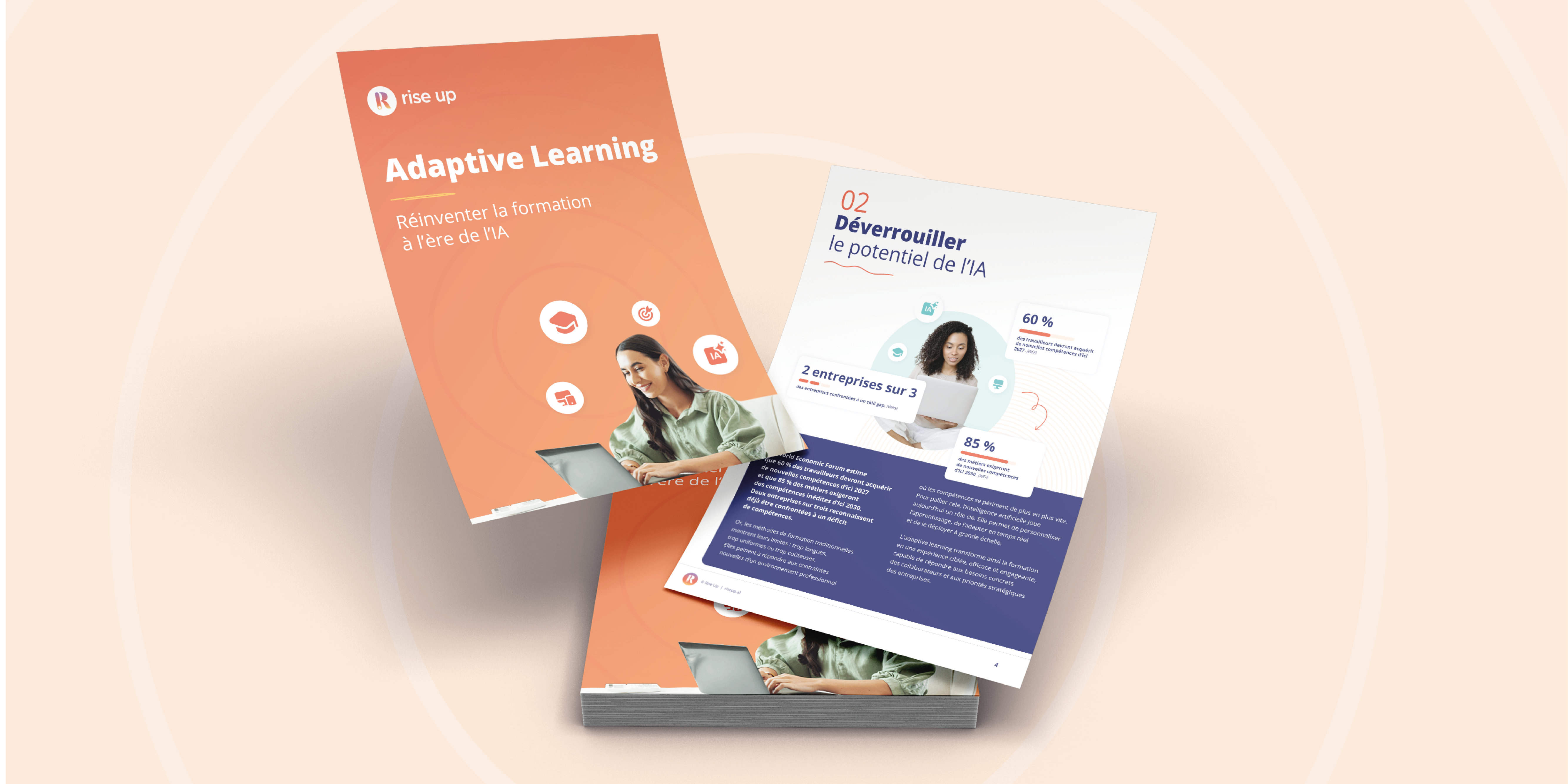Trends in digital learning - by Michel Diaz
5 minutes of reading | 2020-11-03
At a breakfast organized by the SRH trade show, Michel Diaz, Associate Director of Féfaur, spoke on November 29th about digital learning trends. Partner of the exhibition, Fefaur is a company specializing in e-learning consulting and strategies. Michel Diaz is also editor-in-chief of the E-learning Letter website, the reference media on digital learning in France. As a popular speaker, he regularly speaks in France and abroad to share his expertise. Here is what we learned from this conference.

Overview of digital learning in 2019
Pragmatism and value creation
Not surprisingly, digital training has continued to develop and new trends have emerged. Other learning methods have emerged, particularly as a result of the massive expansion of data. So, faced with this multiplication of training methods, it is essential to remain pragmatic in order to create quality content.
Four major challenges for digital learning stand out. Mastering them will allow value creation.
Business: KPIs (Key Performance Indicators) are excellent ways of measuring the performance of training within companies.
Human resources: in a context of permanent "talent hunting", it is important for companies to know how to recruit the right people, but above all to support and retain them. Training has a role to play here.
Digital transformation: companies must also stay abreast of the latest developments in digital learning and master them (design thinking, test & learn...).
Compliance: training, diploma, certification. From now on, the employee needs to be continuously trained in order to continue to practice his or her trade.
As a result, the year 2019 was marked by an increase in the number of training directors and managers in companies. This increase in recruitment accompanies the development of digital learning tools..
The overheated digital processing market
At a time when digital training is at its peak, the competition for specialist companies is becoming increasingly tough. Training catalogues are multiplying on social networks such as Facebook, Linkedin and even Google, so that companies dedicated to the creation of educational content are forced to evolve.
This is the case of Skillsoft, an expert in content solutions, which has restricted its training catalogue and therefore its target audience in order to specialise. It should also be noted that many companies offer free access to their entire training catalogue in order to offset this competition.
Video, still the number one trend
Video is to digital training what presents under the tree are to Christmas: one doesn't go without the other. In fact, there are very few formations that contain only text and no video. Now it is very easy to create videos quickly with tools such as Powtoon for example. Especially since many LMS platforms offer these tools to facilitate the design of engaging training.
The video format has many advantages. It is less boring for the learner and makes it easier to retain information, for example. Above all, video makes it possible to train in a concrete and visual way. For a manual training (masseur, baker...), the learner can see the expert's gestures, which creates a certain value.
Video is therefore well integrated into the training process, but this year again it has taken off. Some Youtube videos compete with highly formatted e-learning video modules.
Trend 2: Gamification
Training while having fun is the leitmotif of gamification. By integrating dynamic interactions or games into more traditional training, the learner retains more information. Better yet, they enjoy learning.
Now, the trainer can give certification badges to his learners. This notion of reward motivates learners to follow the training through to the end. To go even further, some trainers are introducing the concept of a "leader board", i.e. the learner with the best results is the "winner" of the training.
Trend n°3: e-coaching
In order to complete the training, the learner needs a minimum of support, especially since digital learning has the bad reputation of isolating the learner. Thanks to e-coaching, the learner can now count on the presence of a "coach", whether face-to-face or at a distance.
This presence can also be ensured by the trainer who invests in the learners' journey, or even by a community facilitator. His role is to bring the forums to life and thus encourage learners to ask questions and share their doubts..
Trend 4: Learner engagement at the heart of the training process
The issue of learner engagement remains the same today. Especially during e-learning courses where the learner is alone behind the screen. The priority is therefore to create content that is relevant AND engaging, so there is a race to engage on the part of LMS vendors and content creators, selling the miracle solution to engage learners.
Unfortunately, however, there is none. The learner's commitment comes first and foremost from his or her own willingness to learn and personal motivation. Michel Diaz illustrates this with this expression: "you can take the donkey to the well but you cannot force it to drink".
On the other hand, we can facilitate the commitment of a motivated learner by providing him with tools that correspond to his expectations and uses (mobile learning, micro learning, instantaneity...).

Trend 5: Artificial Intelligence
The advent of Artificial Intelligence revolutionizes professional training. Indeed, it is no longer a question of the traditional scheme: trainer + learner or training + platform + learner, in the context of online training. It is now a question of going as close as possible to the learner by offering him a personalised training course.
Artificial intelligence is based on the data and the results of the training courses in order to assign the best pedagogical method to each content, which is difficult for training designers to achieve.
Trend n°6: the indispensable LMS
From now on, the LMS platforms are interconnected. For example, a multinational company is developing mobile learning in China to adapt to the uses but has a classic LMS in France to adapt to the constraints and regulations in force. This combination is possible because the two platforms used are compatible.




